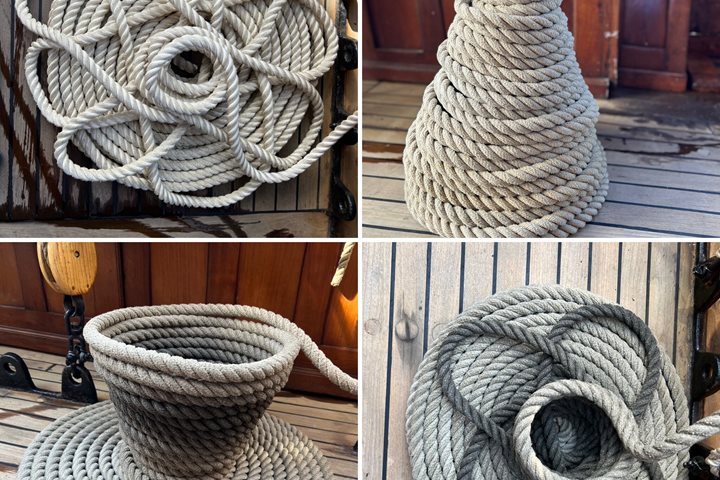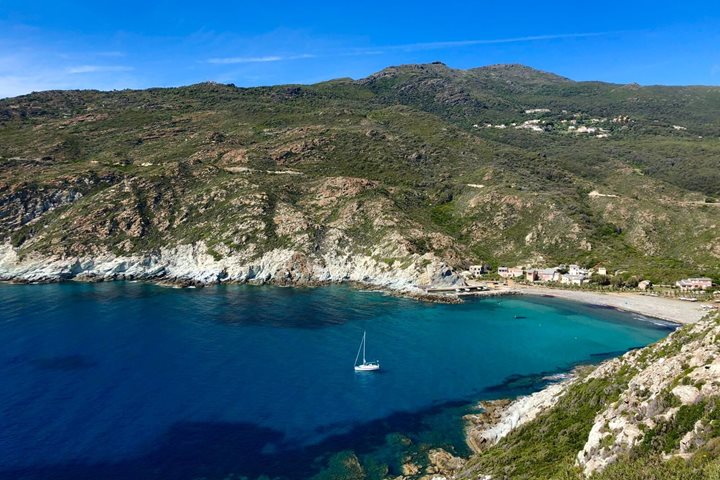Following breakfast, Prof. Tom Heffernan gave an interesting talk on Roman culture and then an introduction to the sacred well of Saint Cristina which we were about to visit. We boarded our coaches for a visit the Nuragic settlement of St. Cristina di Paulilatino. The term given to the Nuragi people is derived from an etymologically mysterious root word “nur” which may mean “heap of stones,” the characteristic element of their building. Unlike the Nuragic site we visited yesterday, the Su Nuraxi di Barumini (ca. 1400BCE to 550BCE), Saint Cristina is a temple sanctuary centered on a sacred well.
The Nuragi people were animists and saw divinity in all aspects of nature. Archaeologists believe they had a special reverence for water as the source of life and built sacred wells where the worshipers descended beneath the ground and worshiped the water as a precious gift from mother earth. The well site was protected by a “tholos,” a roof structure built in the corbel manner. We descended about 20 steps to a depth of 25 feet below the ground and saw the sacred pool and the magnificent tholos roof with an oculus opening in the top. These sacred wells clearly were identified with a female fertility divinity which is evident in their visual triangular geometry. Given the massive number of Nuragi and the tiny number of such wells, it seems a prudent hypothesis that these cultic wells were so important that they served the entire island, and that even those tribal groups who were hostile to one another may have come together peacefully to worship. Of course, since we have no written records, this is informed speculation. The celebrations at these crucial sites could last for several days and it appears that this allowed the different groups to conduct and make decisions effecting the various tribal groups represented. As time went on, habitations grew up around these sacred wells. It should be noted that “sacred wells” exist in many cultures. Ireland is dotted with sacred wells, and they continued to have been used in Christian times and indeed even in the present. The Orkney Islands have analogs to the Nuraghi towers in their “brochs.”
We then visited the Nuragi Losa, one of the largest of the Nuragi on Sardinia. We clambered into the entrance and saw the main chamber built with the cyclopean walls. Many of us climbed up the rocky ramp between the walls to the very top where we had a 360-degree view of the countryside.
After Nuragi Losa we visited what the Italians call an Agritourismo – a traditional farmstead which served endless plates of scrumptious local cuisine. We were also treated to a performance of traditions Sardinian step dancing by traditional Sardinian dancers in costume. The highlight was the men dancing with glasses of grappa on their heads and not spilling a drop! We returned home to the lovely awaiting Sea Cloud and were on board by 9:45 p.m. – a rich and satisfying day.









